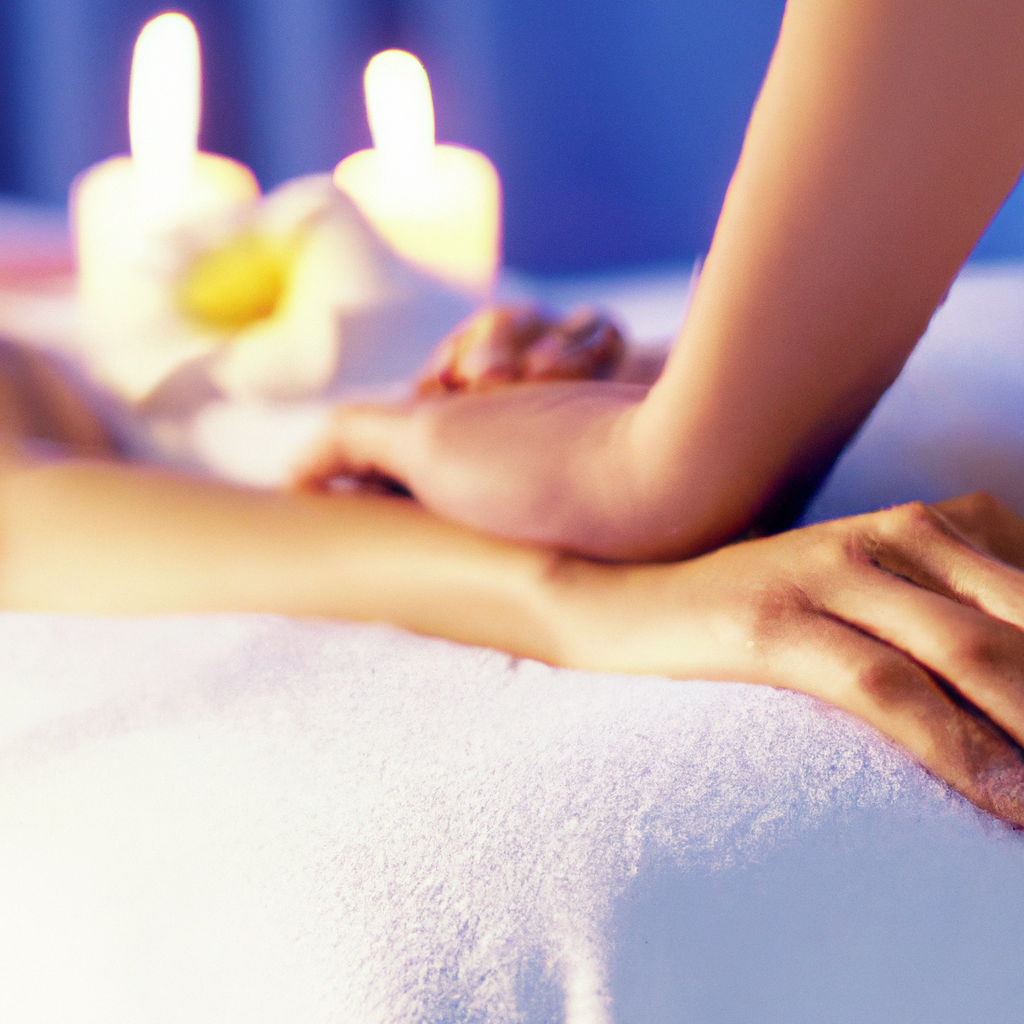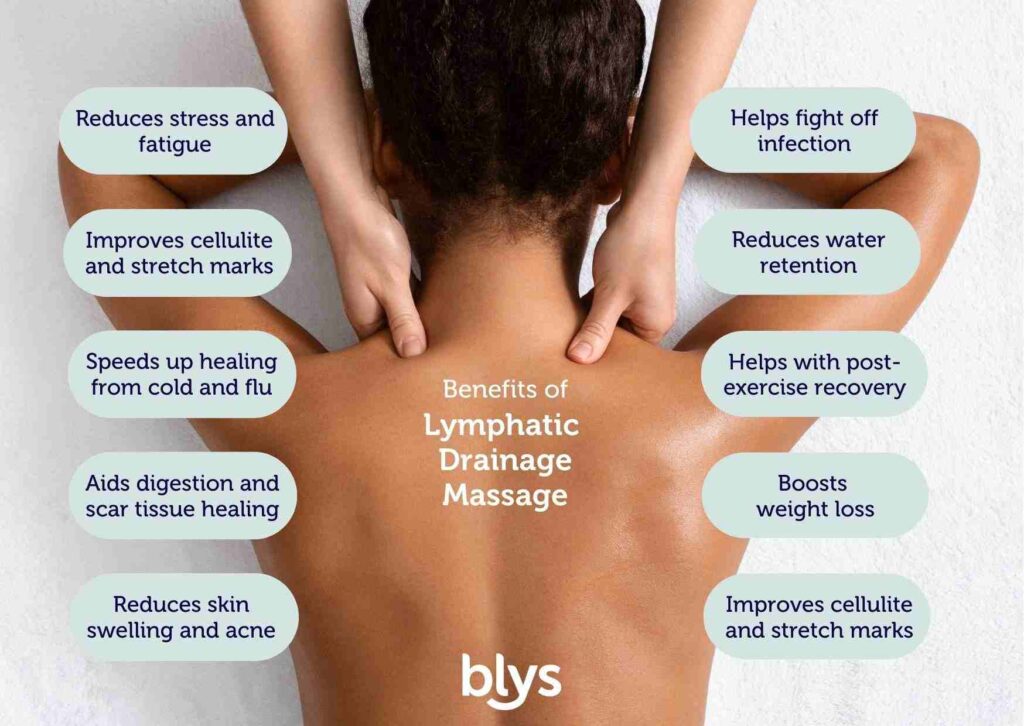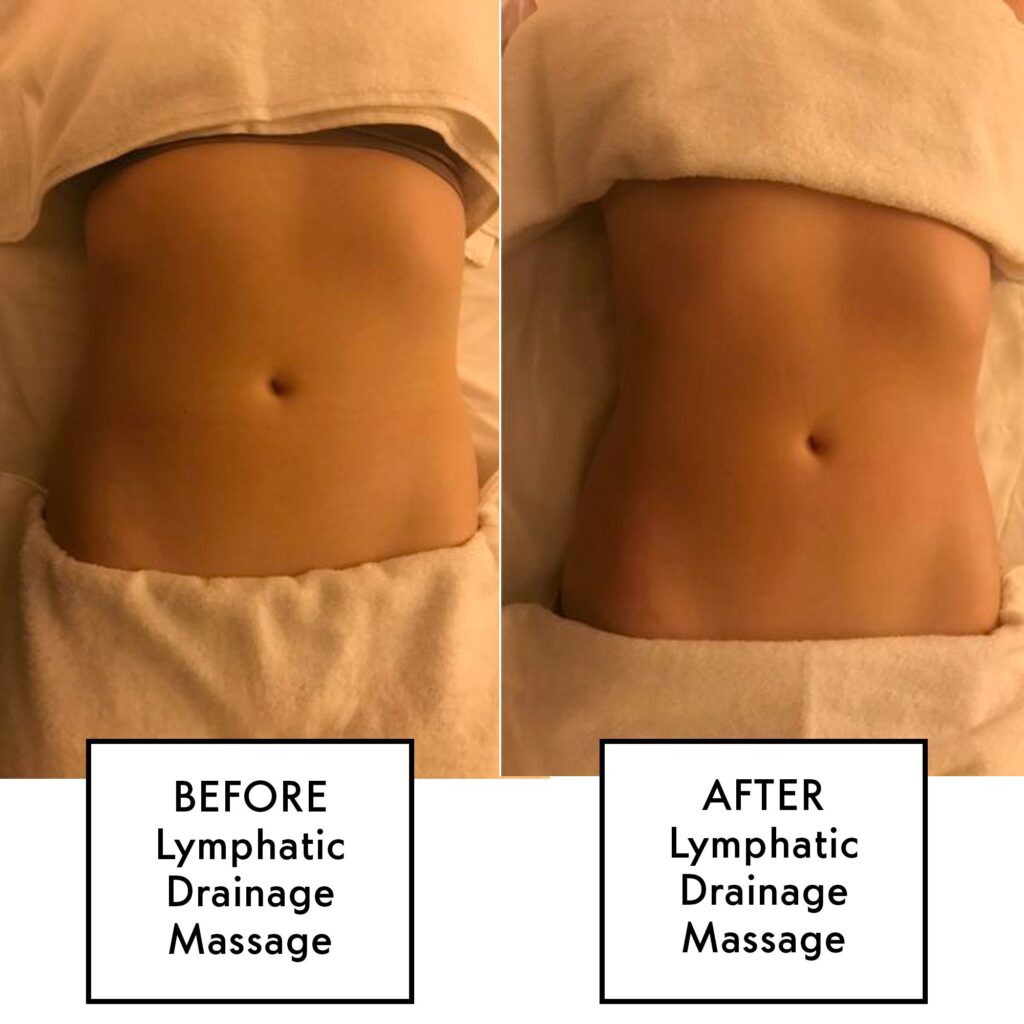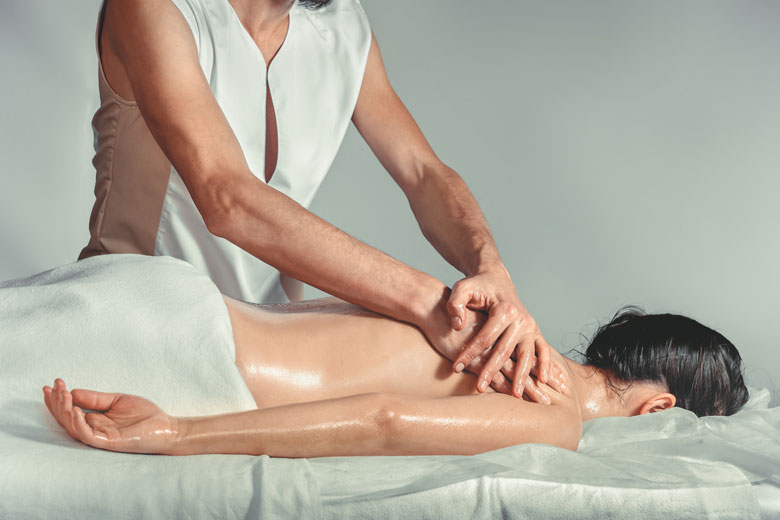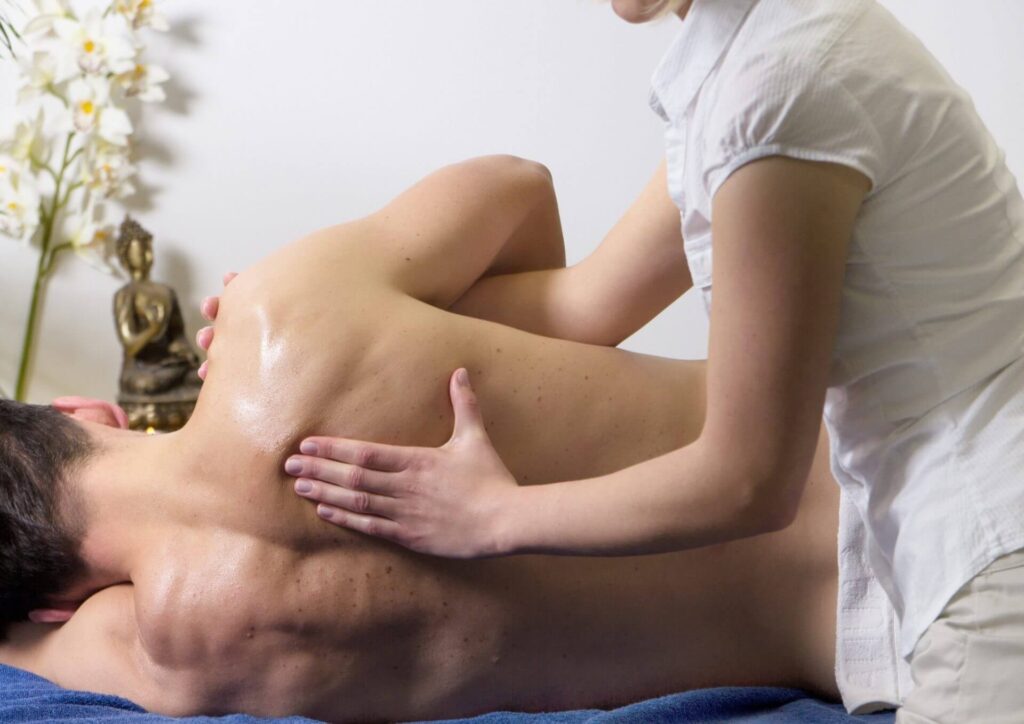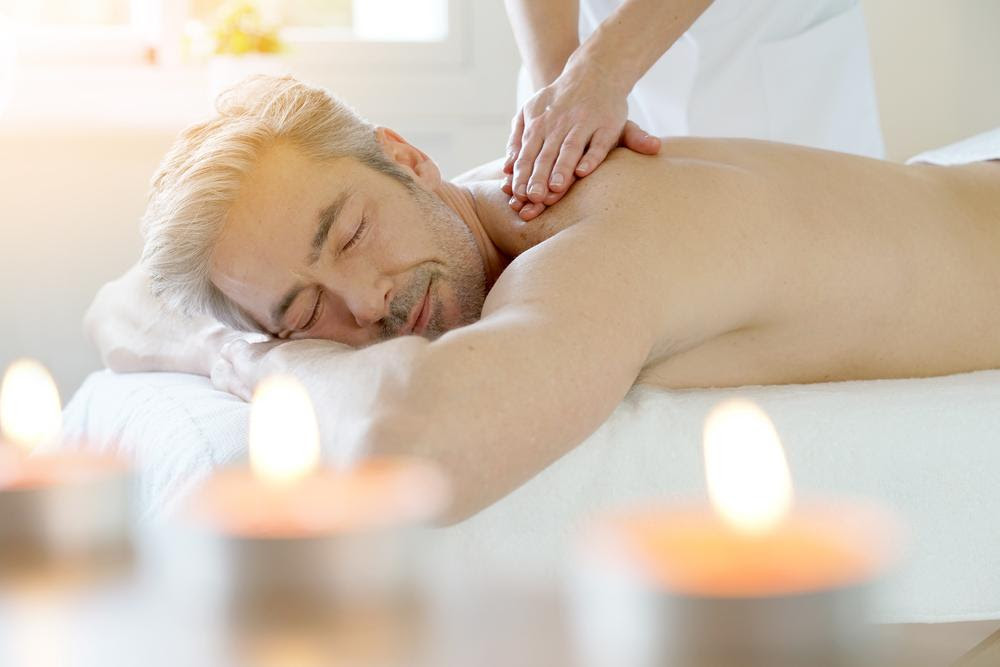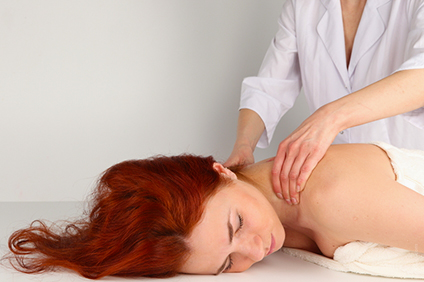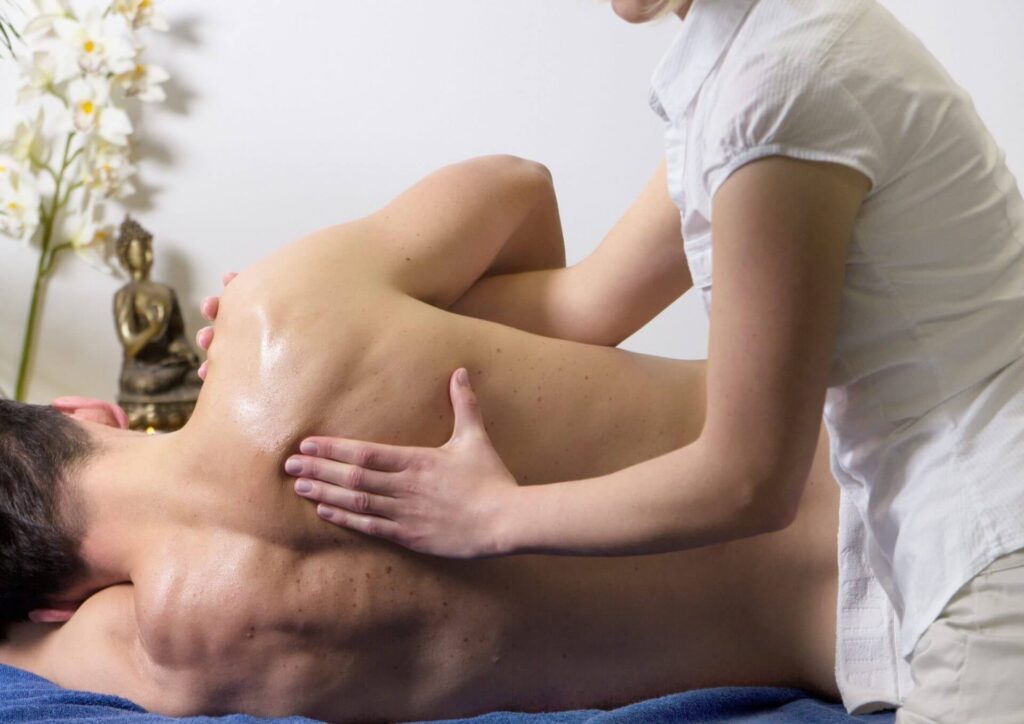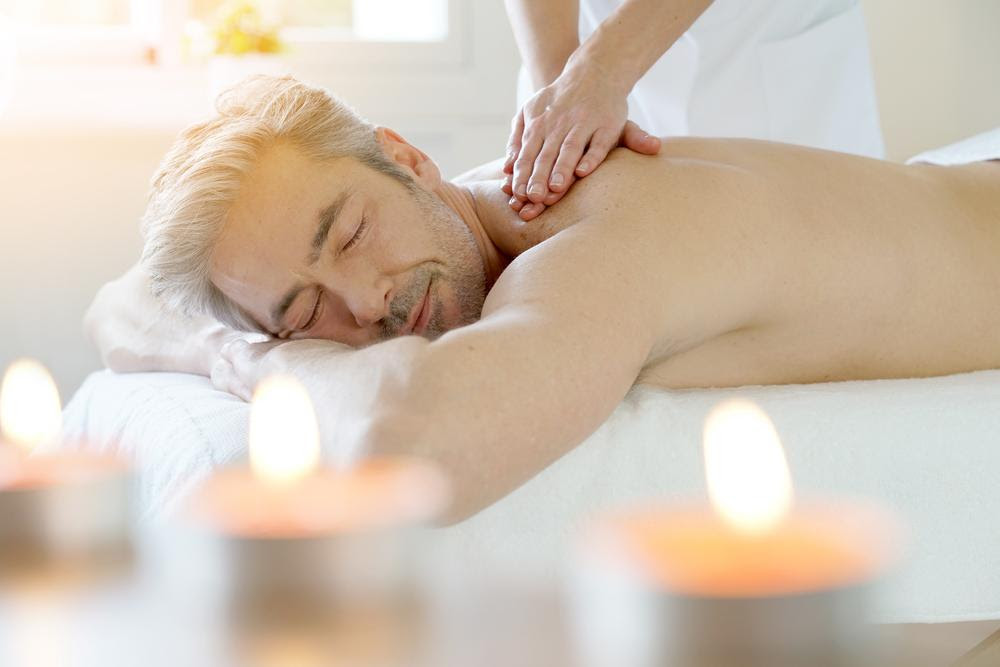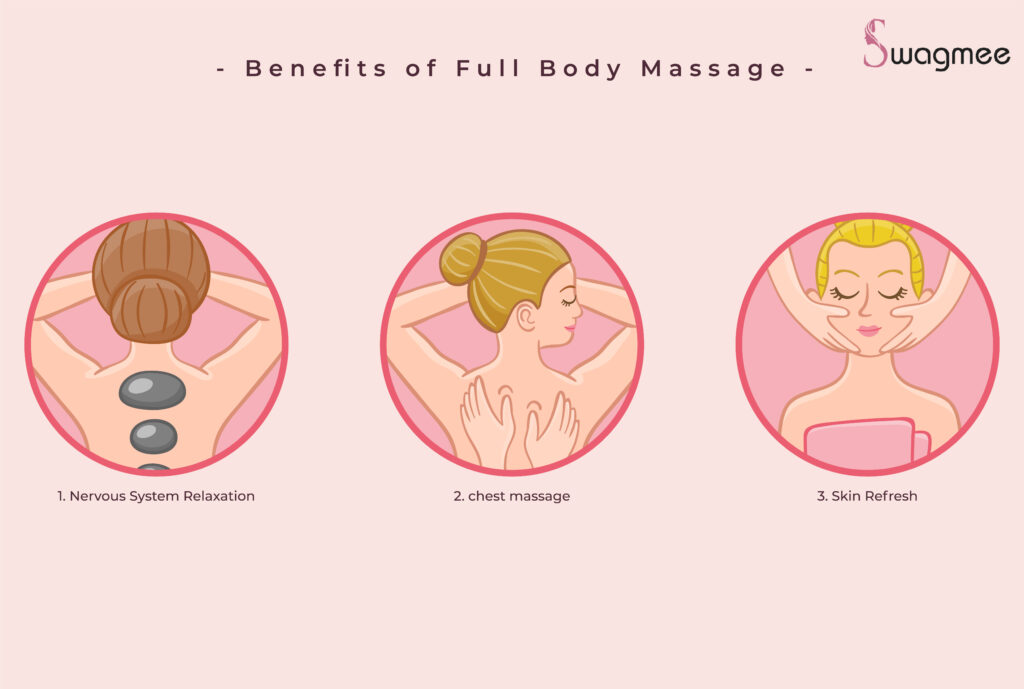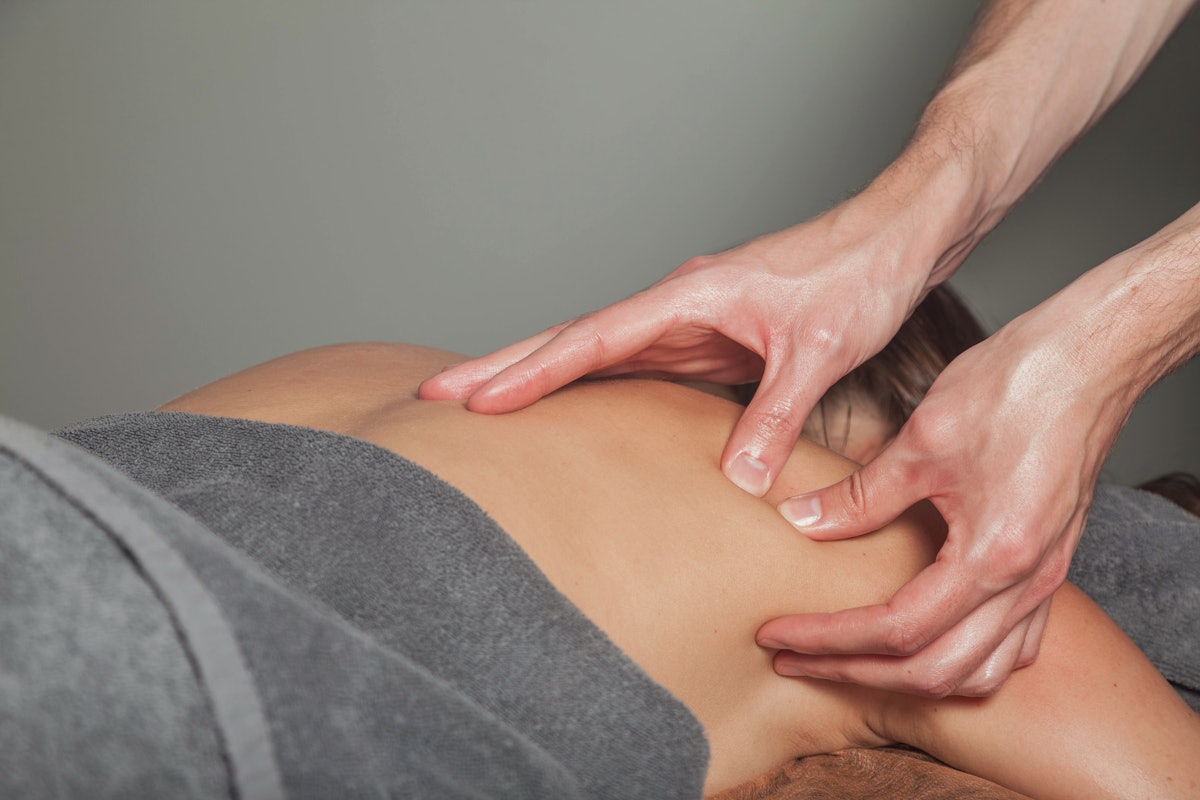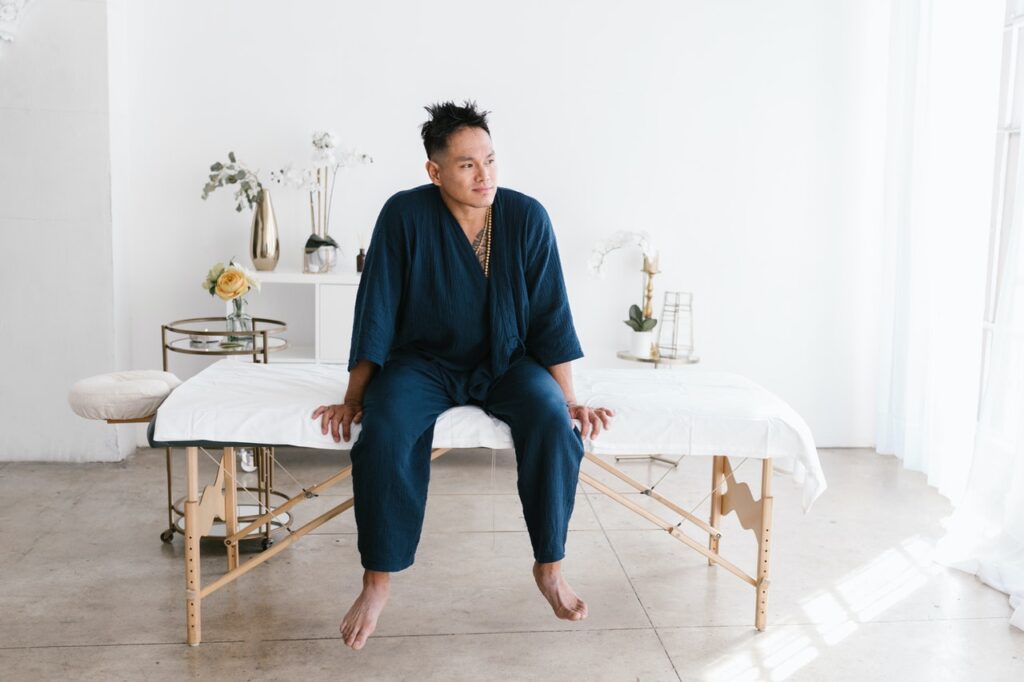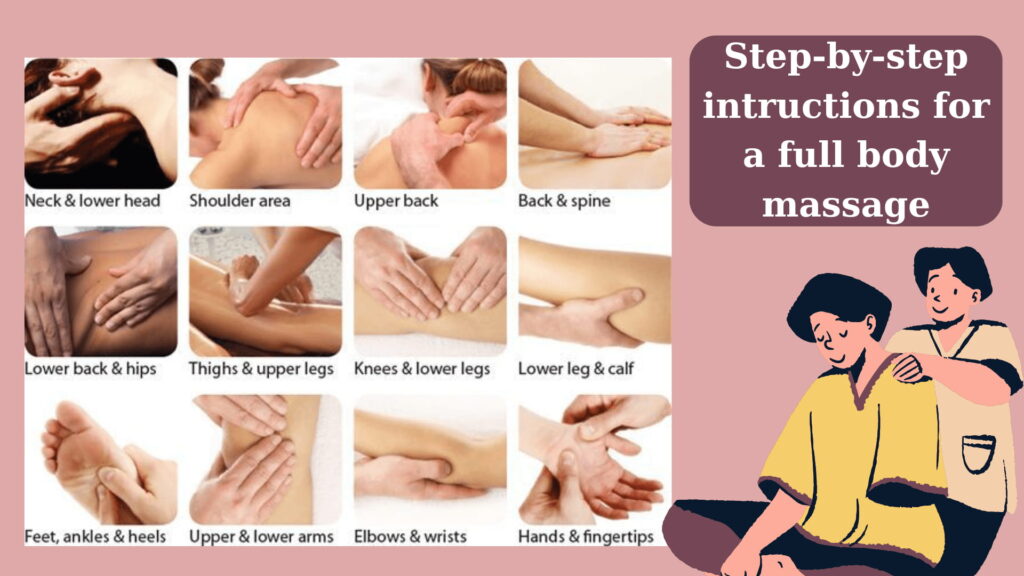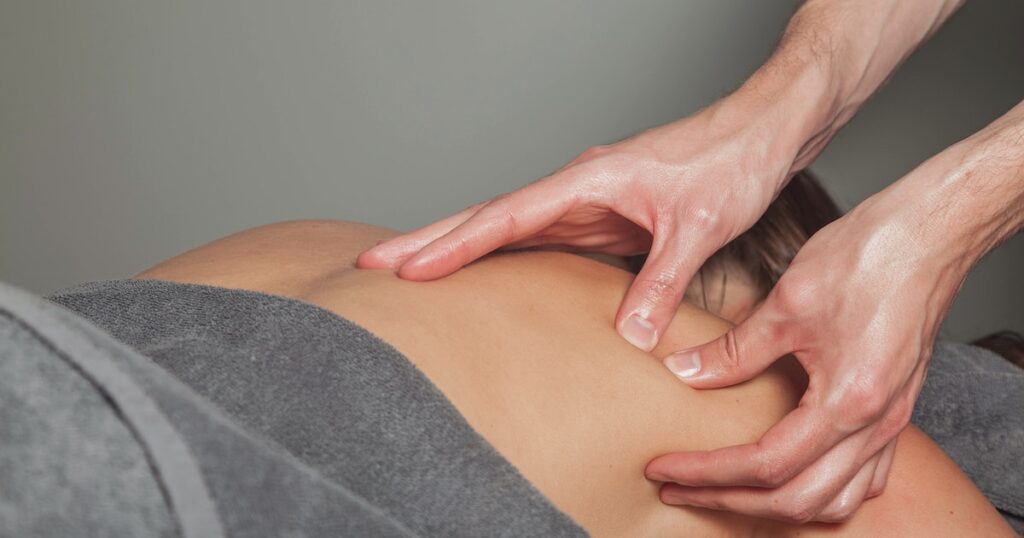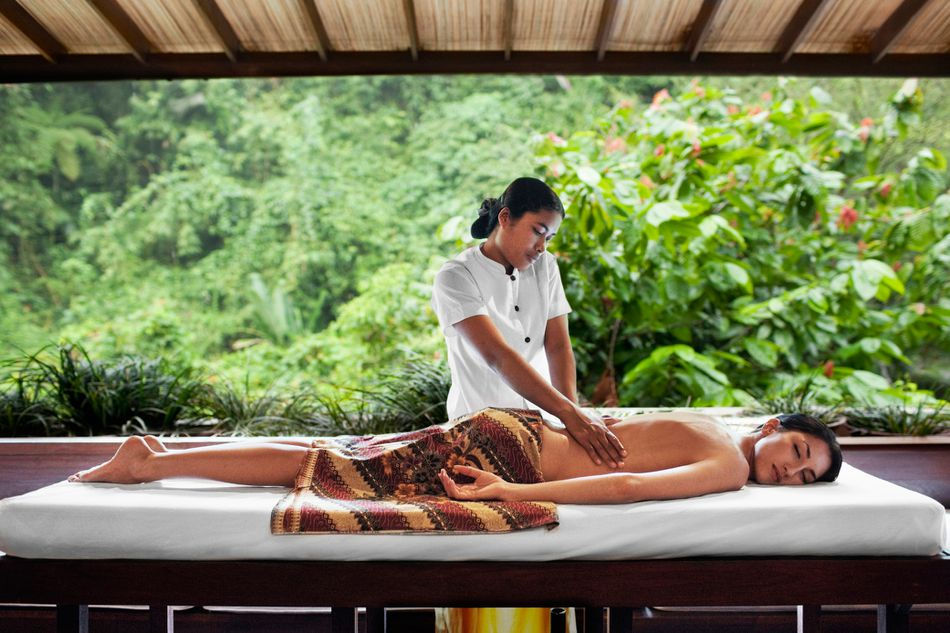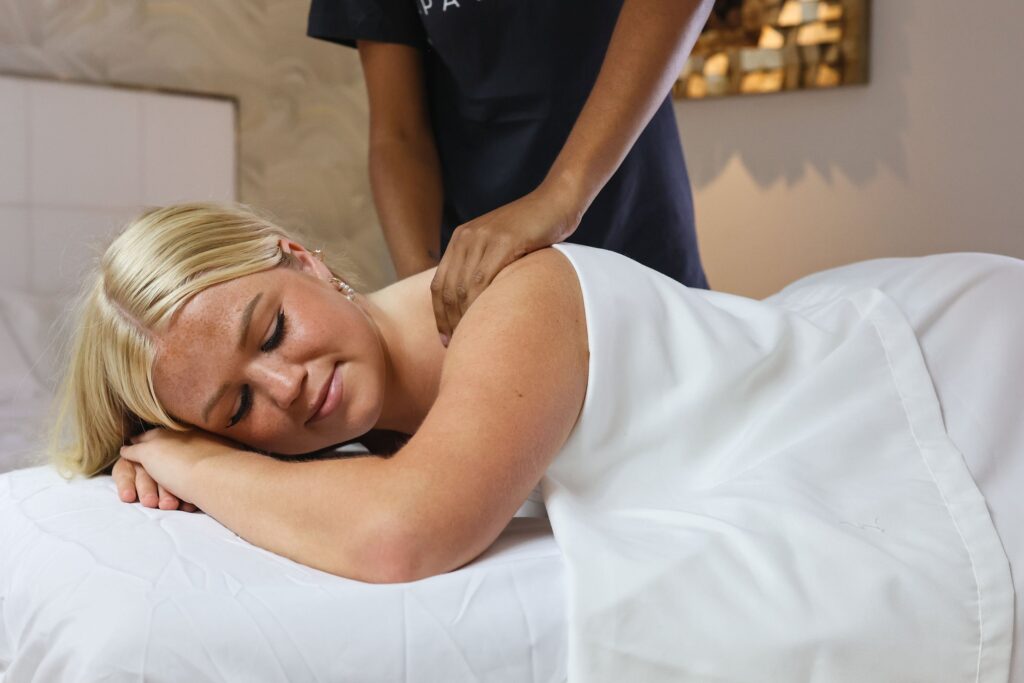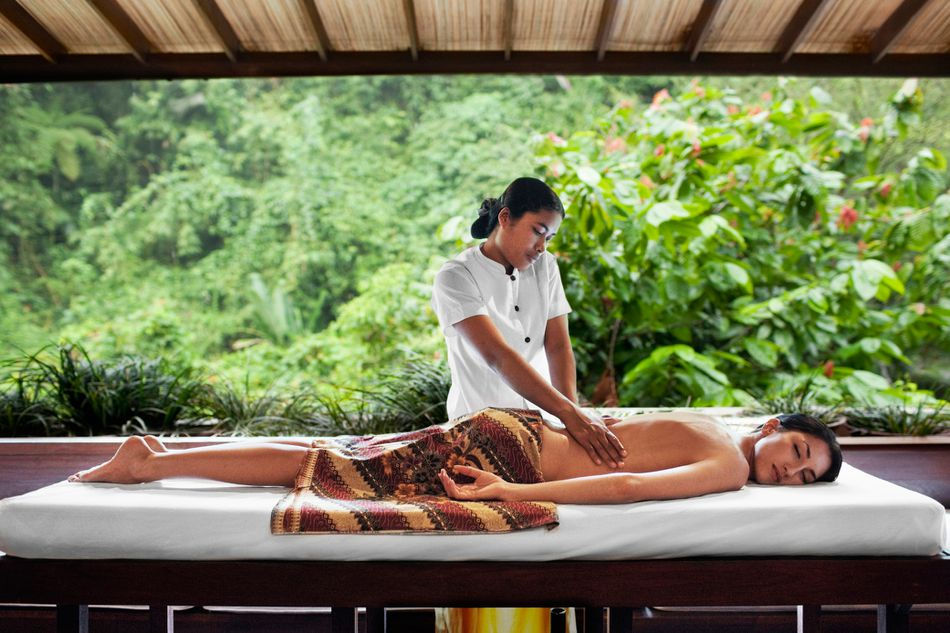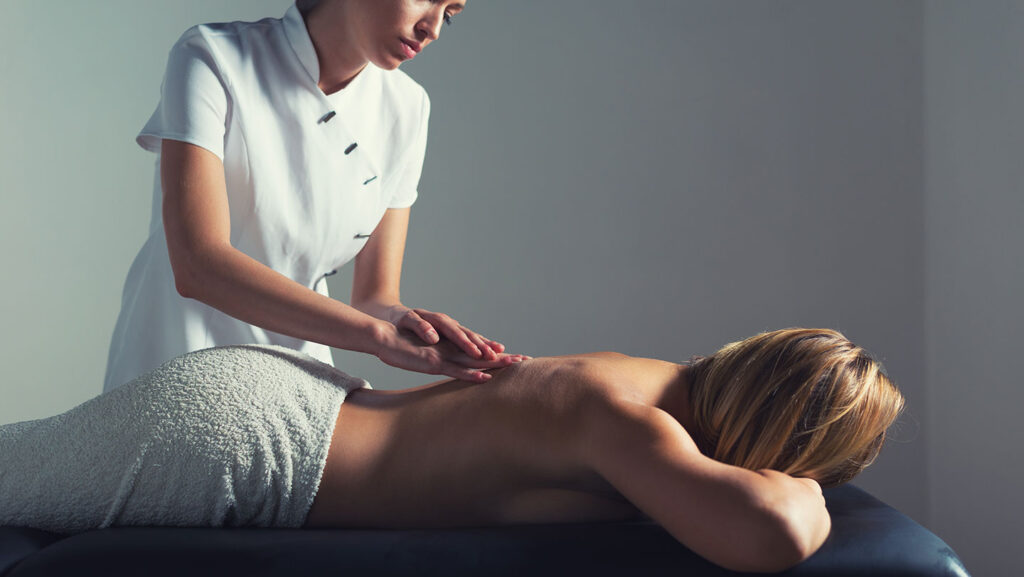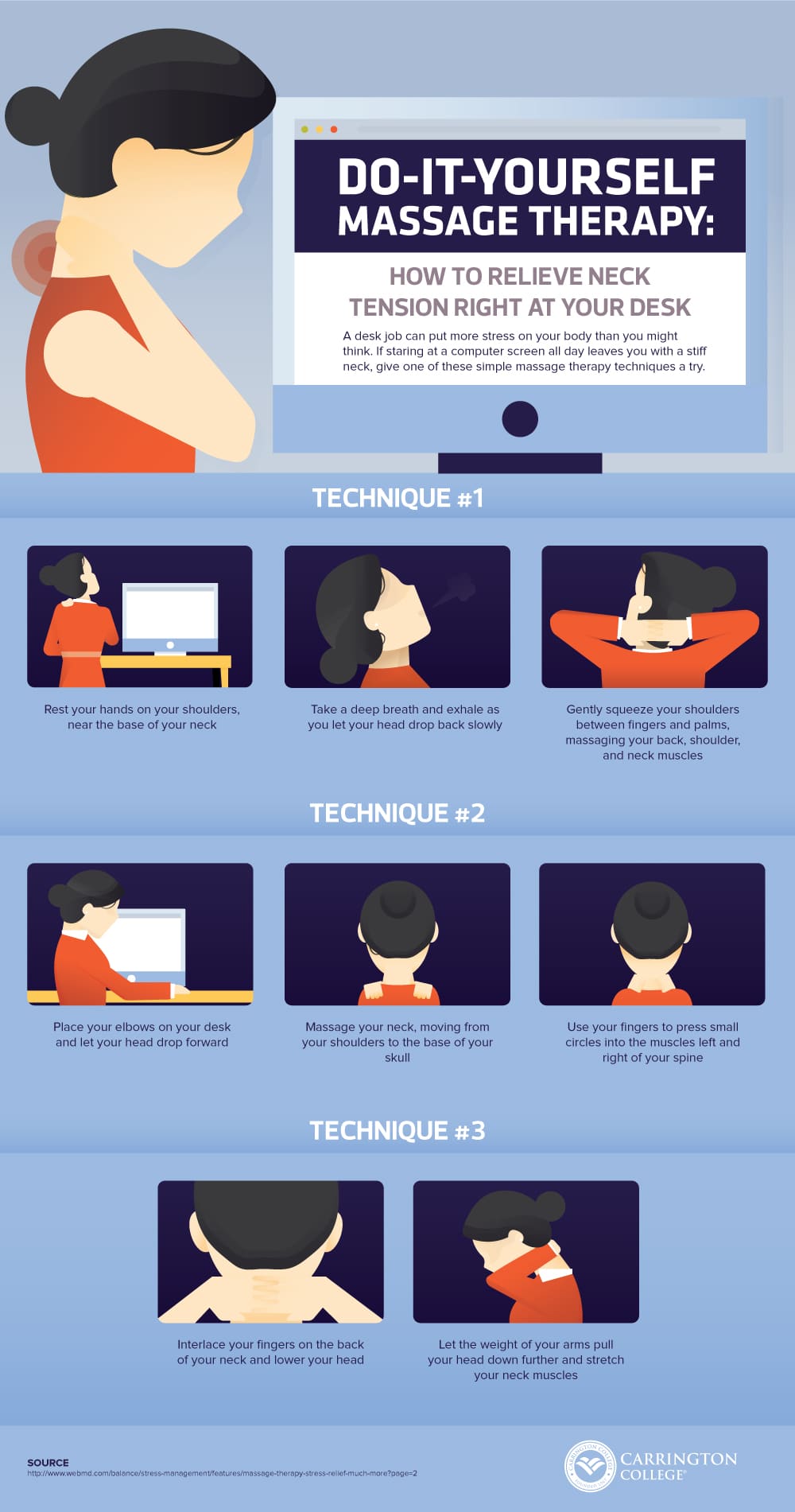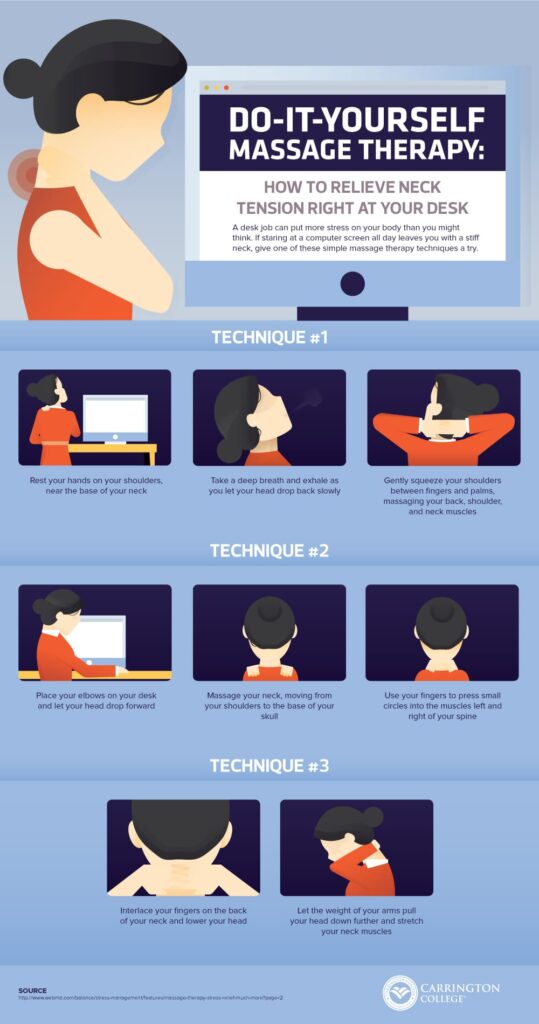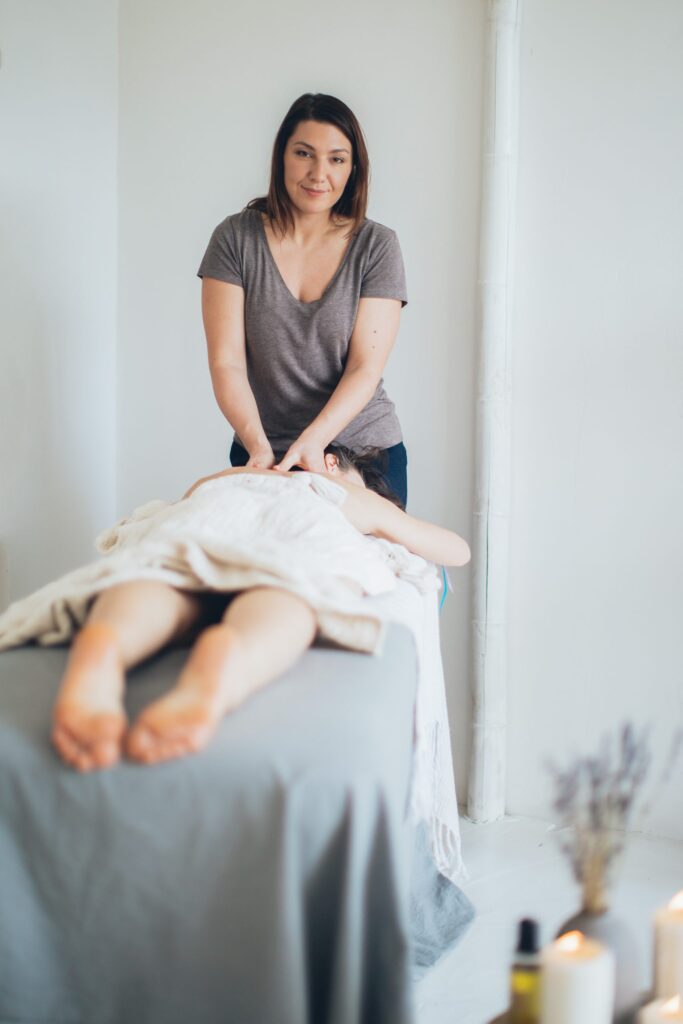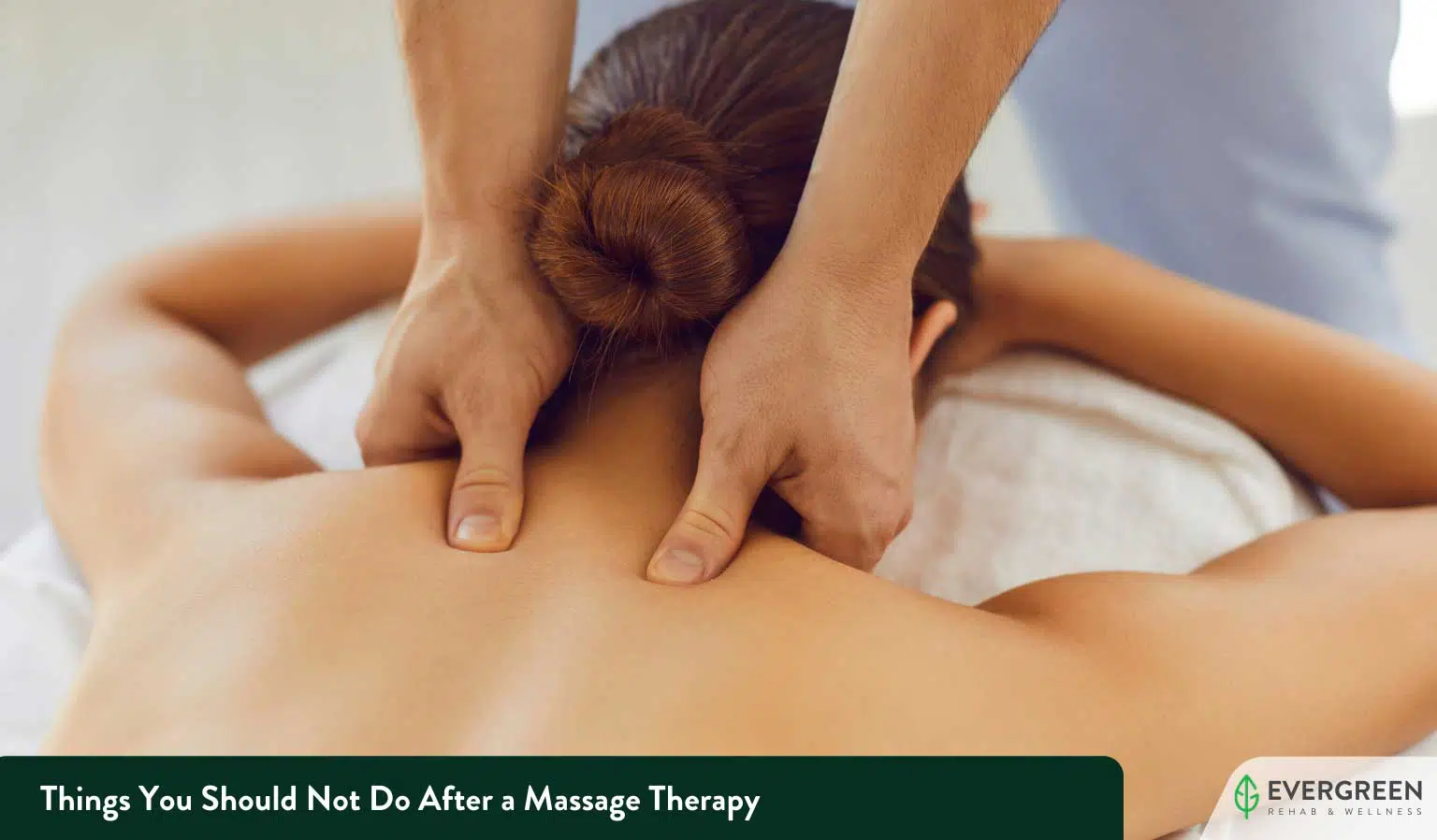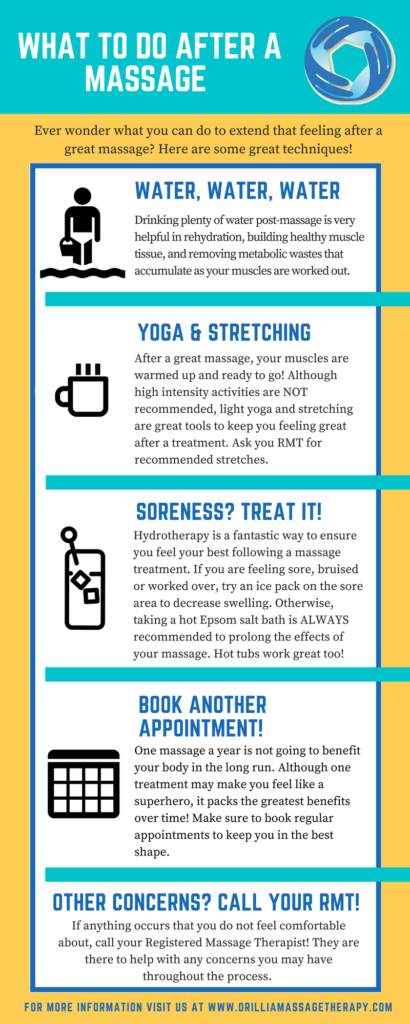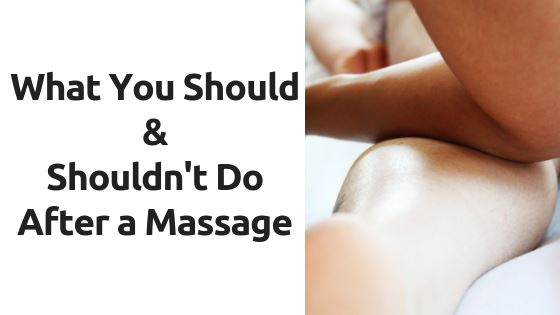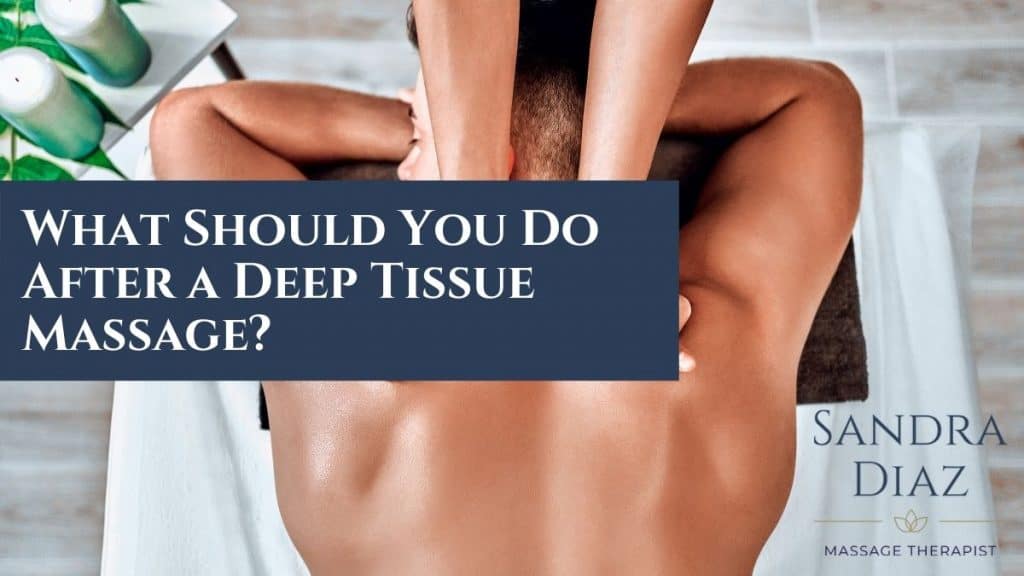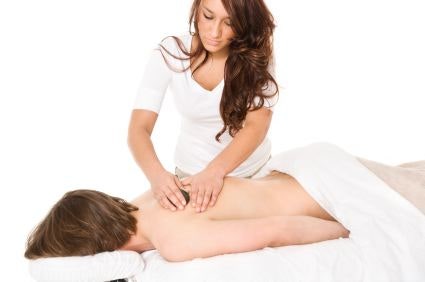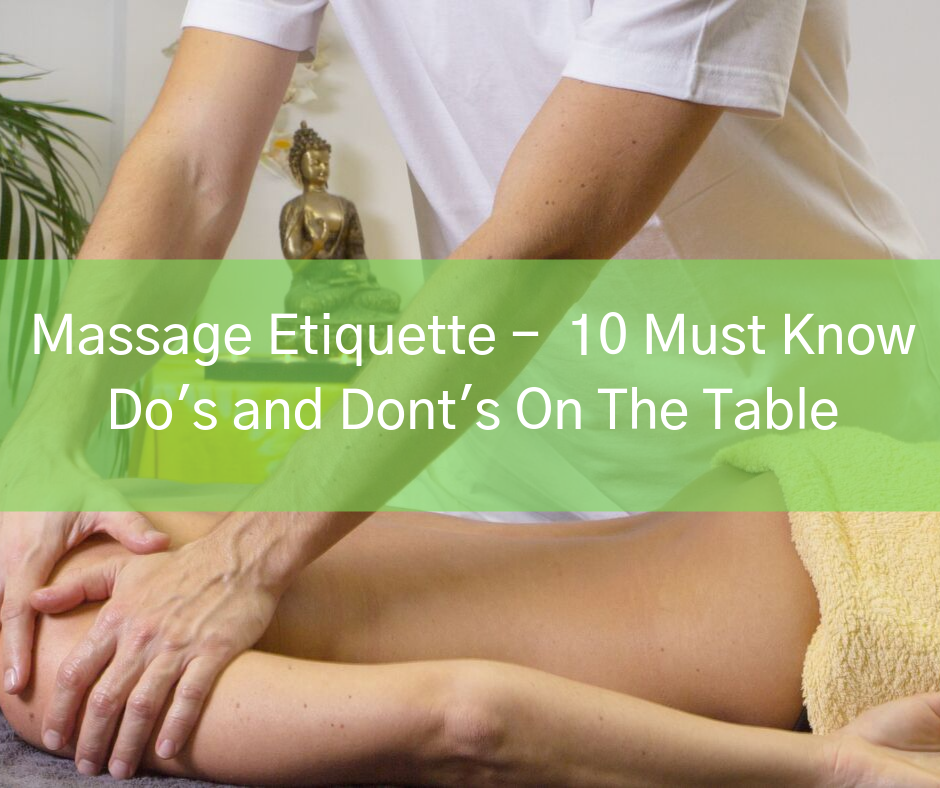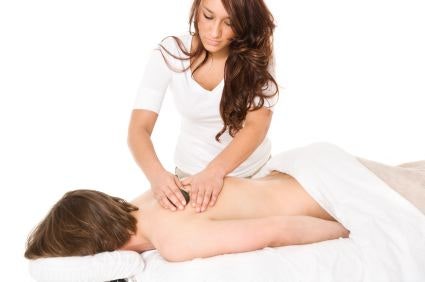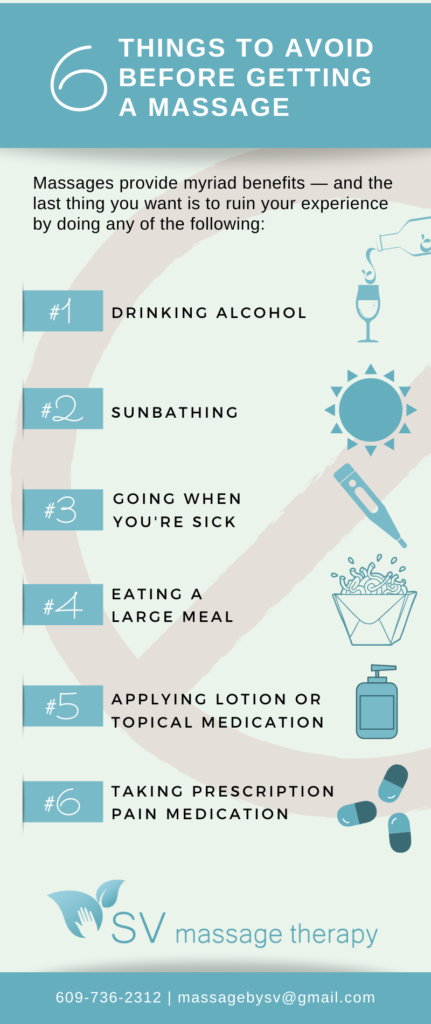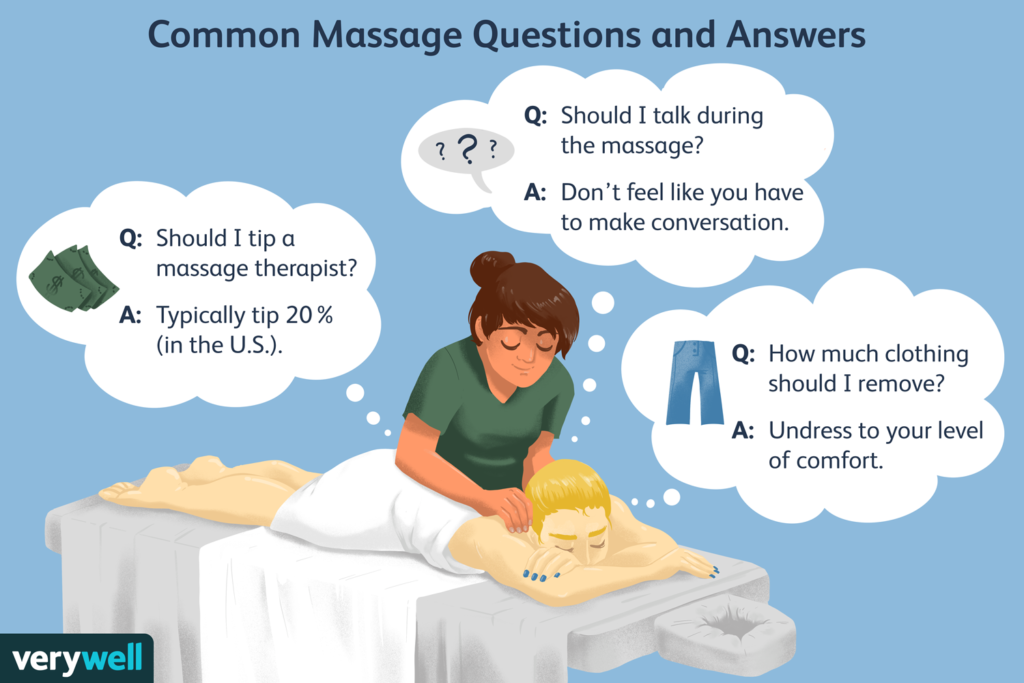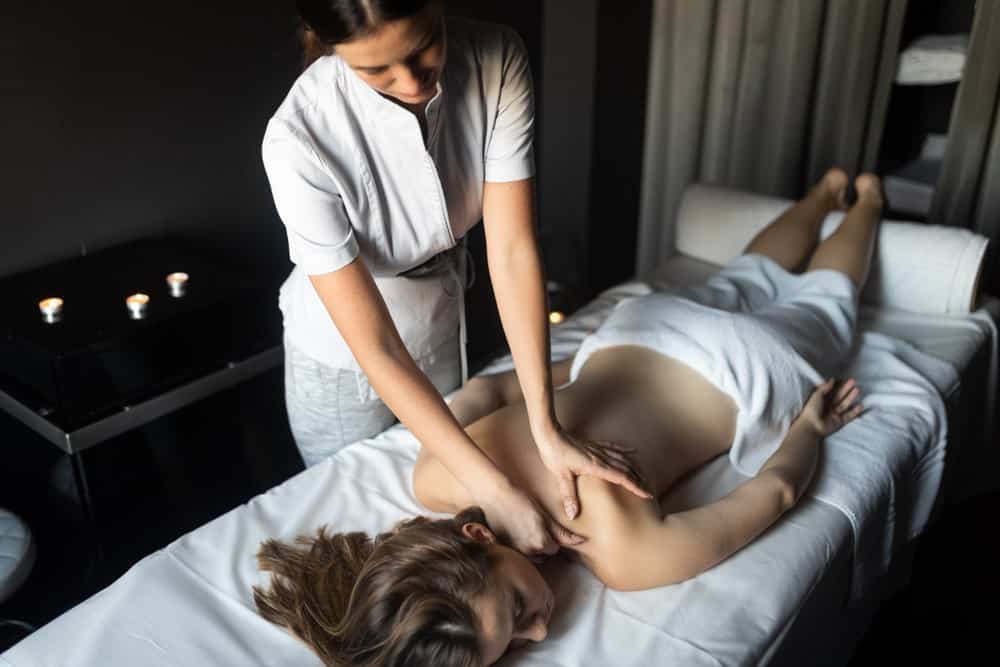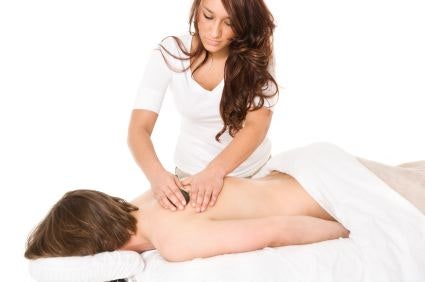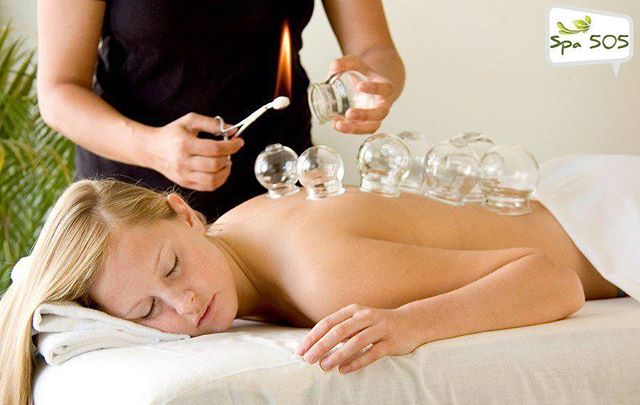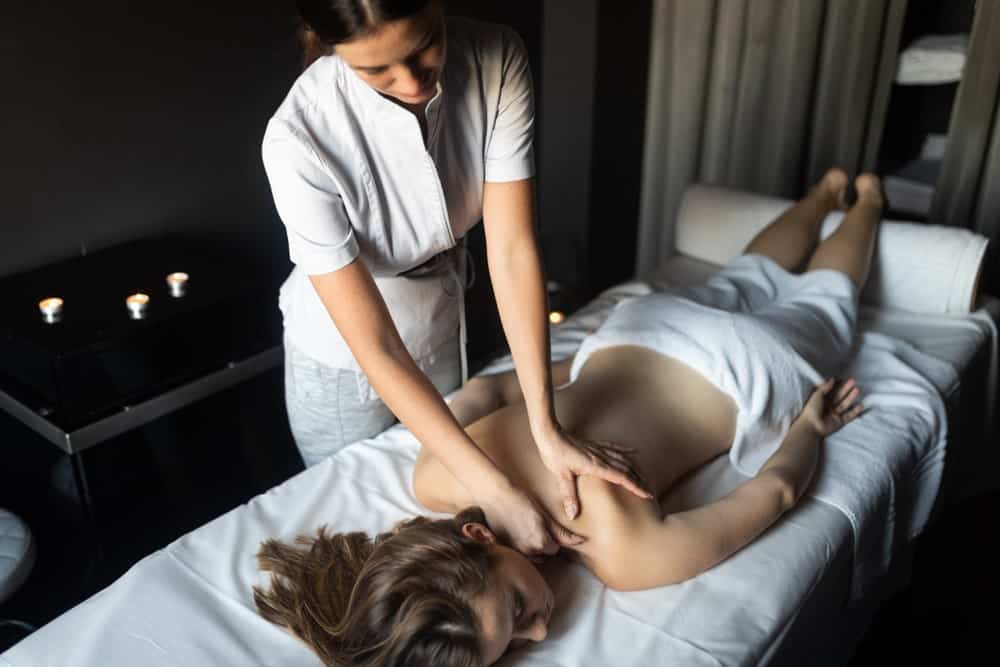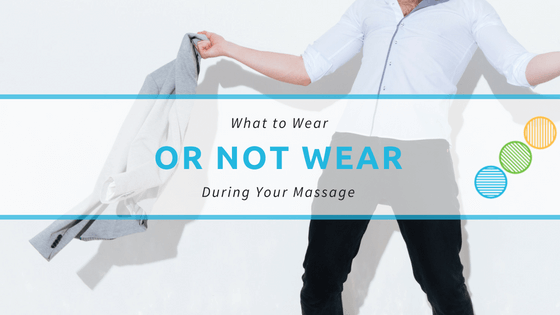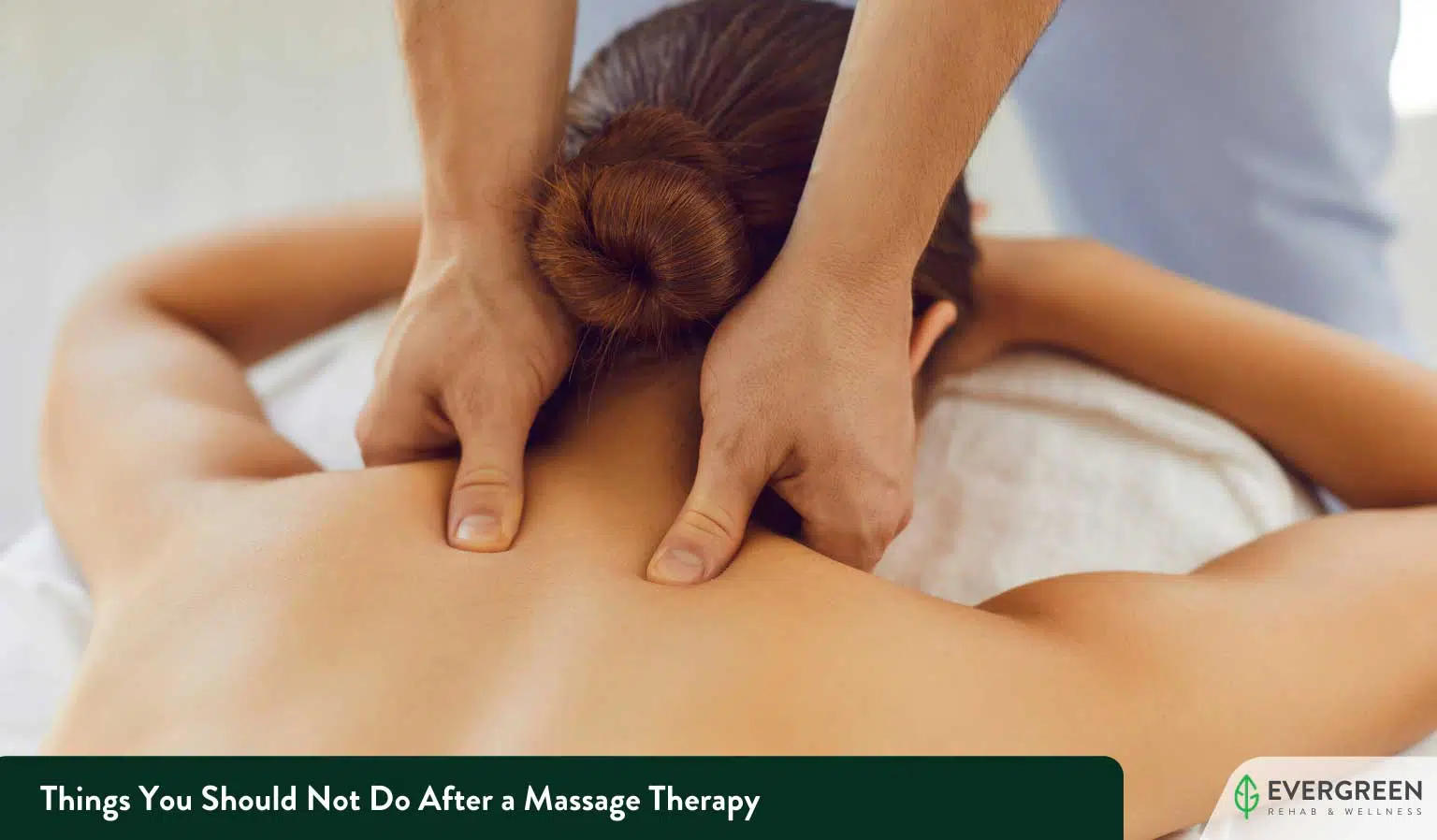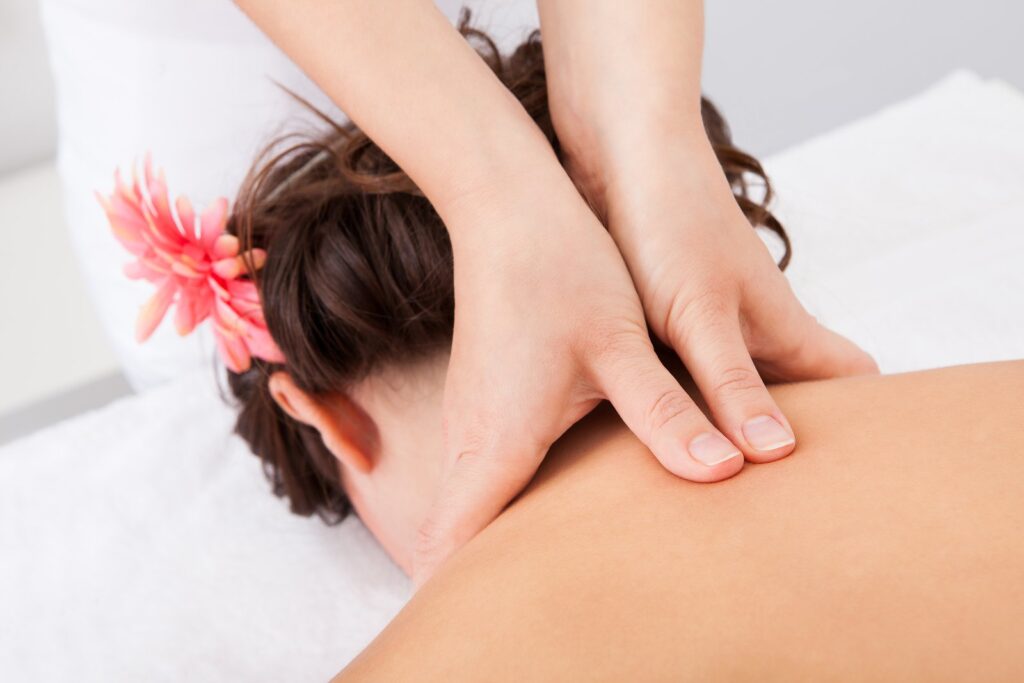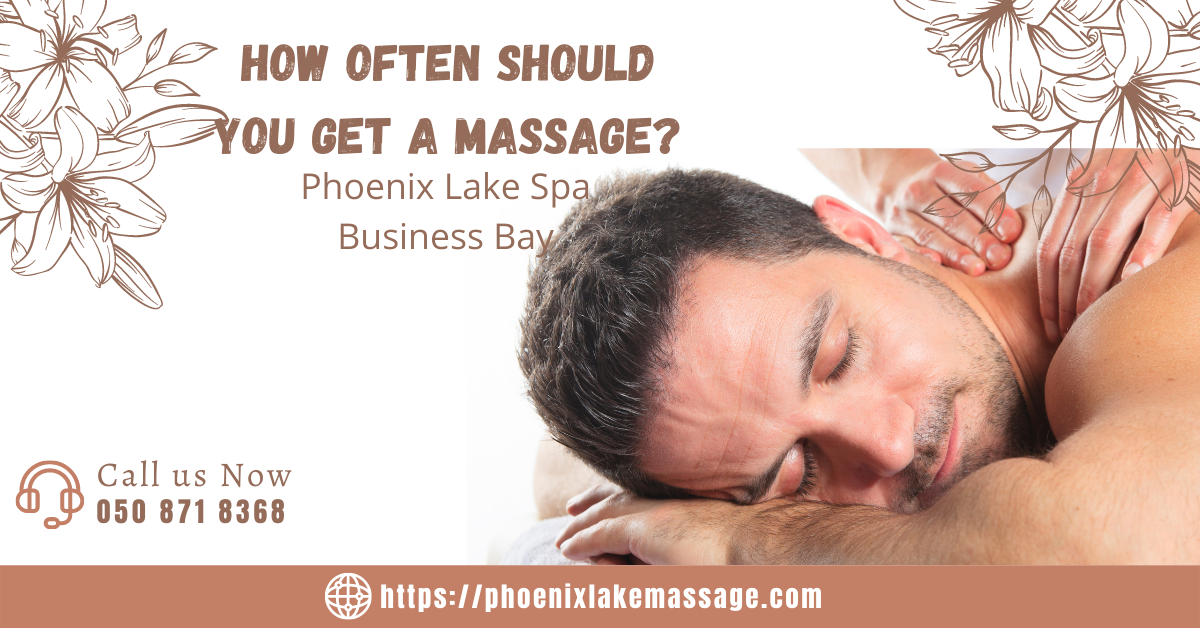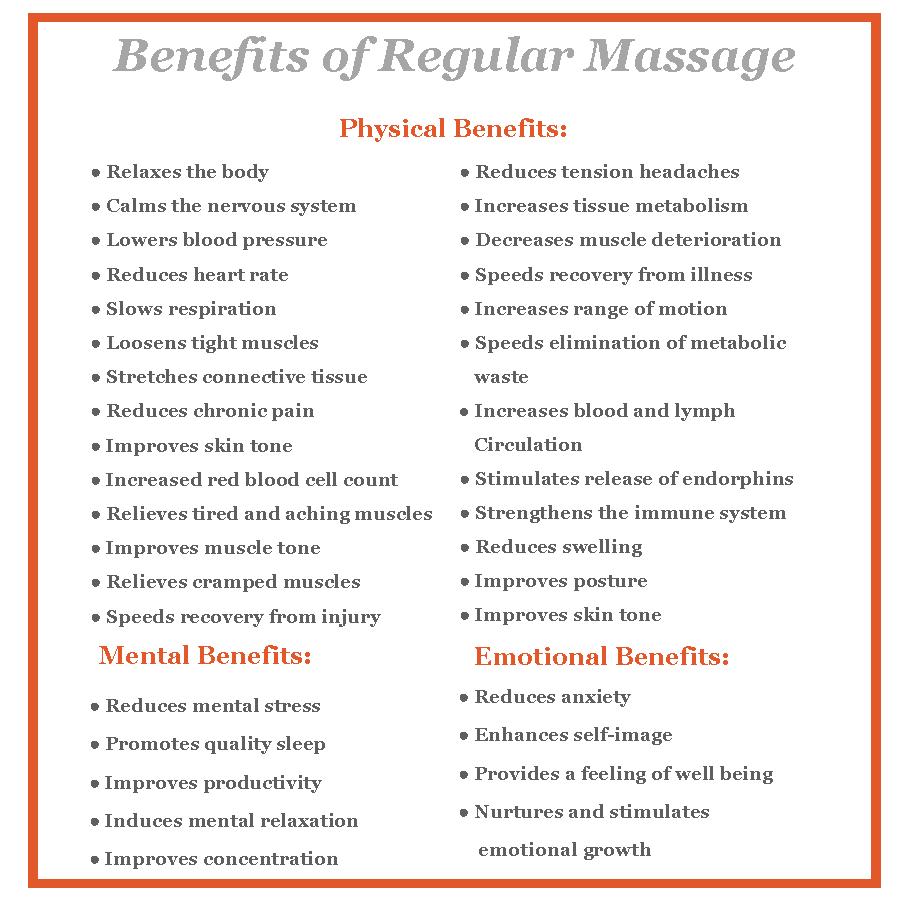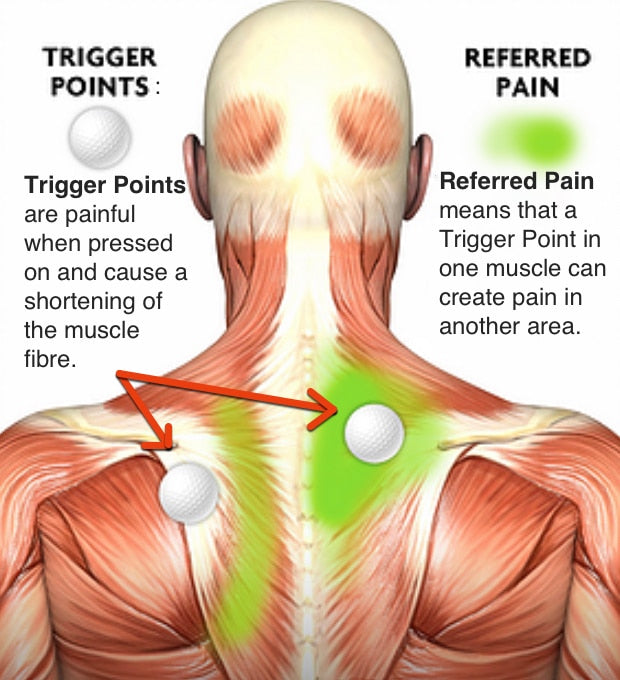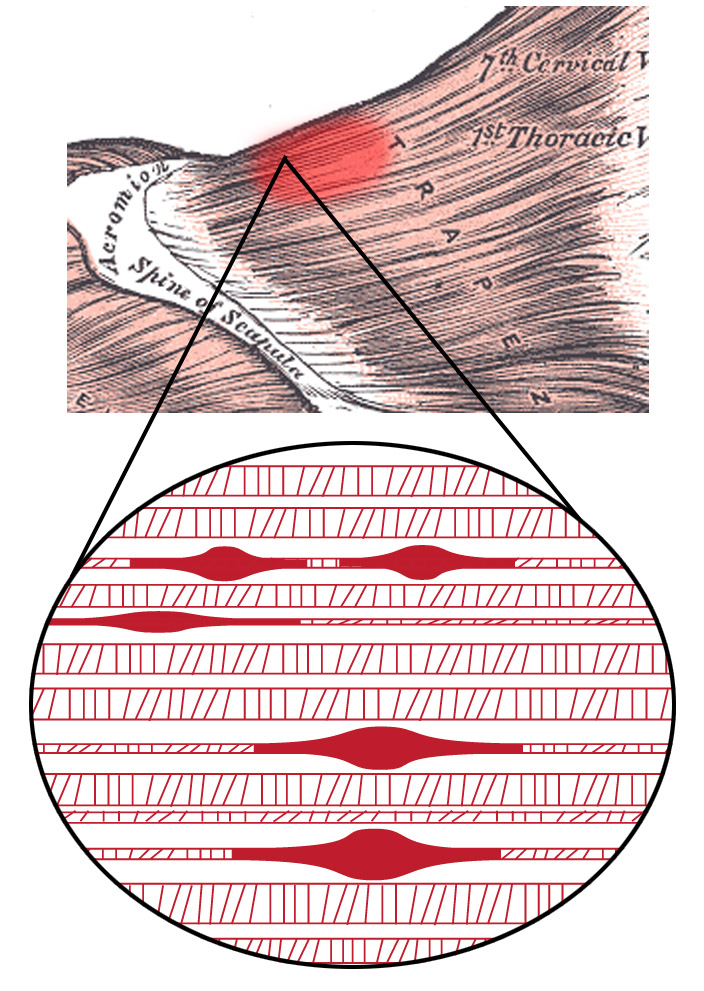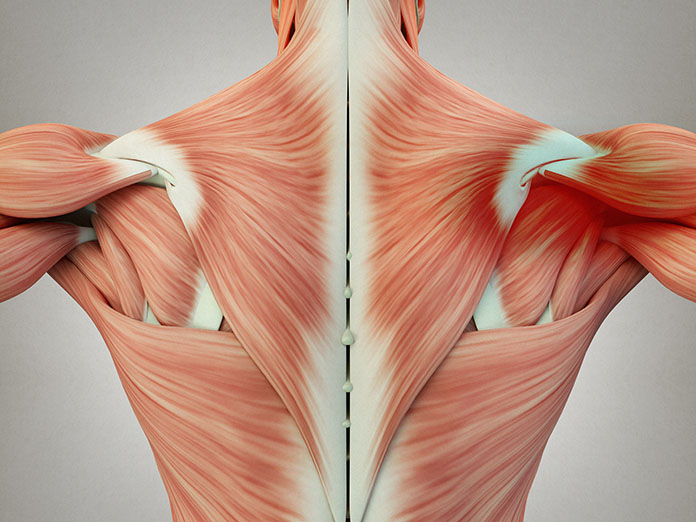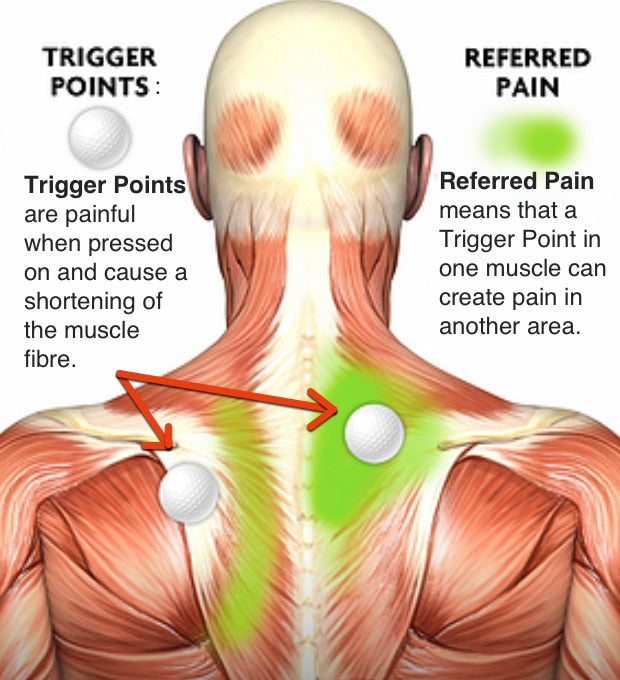Imagine you’re lying on a soft massage table, feeling the tension slowly melt away under the skilled hands of a massage therapist. You may find yourself wondering, should I talk during the massage? Well, the answer isn’t as straightforward as you might think. While some people prefer to engage in friendly conversation, others opt for a blissful silence. In this article, we’ll explore the benefits and considerations of both approaches, allowing you to make an informed decision the next time you find yourself in the massage room. So, sit back, relax, and let’s find out if conversation or tranquility is the key to a perfect massage experience.

Benefits of Talking During the Massage
Allows the therapist to gauge your comfort level
Talking during the massage can be beneficial as it provides an opportunity for the therapist to gauge your comfort level. By verbally expressing how you feel, whether it’s discomfort, pain, or even satisfaction, the therapist can adjust their techniques accordingly. This communication allows them to tailor the massage to your specific needs, ensuring a more satisfying and effective session.
Helps in building a rapport with the therapist
Talking during the massage can also help in building a rapport with the therapist. By engaging in conversation, you create a more personal and friendly atmosphere. This can enhance your overall experience and make you feel more at ease during the session. Establishing a connection with your therapist can make you feel more comfortable and relaxed, enhancing the therapeutic benefits of the massage.
Allows you to communicate your preferences and needs
One of the significant advantages of talking during the massage is that it enables you to communicate your preferences and needs to the therapist. If you prefer deeper pressure or lighter strokes, you can express that, ensuring the therapist focuses on areas that require attention. Similarly, if you have any specific requests, such as focusing on a particular muscle group or avoiding sensitive areas, speaking up during the massage allows you to communicate your needs effectively.
Creates a relaxing and calming environment
Talking during the massage has the potential to create a relaxing and calming environment. Engaging in light conversation about topics that don’t require much mental effort can distract your mind from any discomfort or stress. This can help in releasing tension in both your mind and body, allowing you to fully immerse yourself in the massage experience. By creating a serene atmosphere, talking during the massage can contribute to a more enjoyable and soothing session.
Disadvantages of Talking During the Massage
May hinder relaxation and distract from the massage
While there are benefits to talking during the massage, it’s essential to consider the potential disadvantages as well. One of the primary disadvantages is that constant conversation may hinder relaxation and distract you from fully experiencing the massage. Some individuals may find it difficult to let go of mental chatter and truly relax when engaged in dialogue. It’s important to strike a balance and ensure that talking doesn’t overshadow the main goal of the massage, which is to relax and release tension.
Can disrupt the therapist’s focus and concentration
Talking during the massage can also disrupt the therapist’s focus and concentration. Massage therapists rely on their training, knowledge, and intuition to provide the best possible treatment. Constant talking may divert their attention and prevent them from focusing on the specific areas or techniques that would benefit you the most. It’s crucial to remember that the therapist needs to concentrate on their work to deliver an effective massage.
May prevent you from fully experiencing the benefits of silence
Engaging in conversation throughout the massage may prevent you from fully experiencing the benefits of silence. Silence during the session allows you to be more present in the moment and connect with your own thoughts and sensations. It enables you to tune in to the physical and emotional changes happening in your body, which can enhance the overall relaxation and mind-body connection. By consistently talking, you may miss out on these introspective and deeply calming aspects of the massage.
Limits your ability to fully immerse yourself in the experience
Talking during the massage can limit your ability to fully immerse yourself in the experience. The purpose of a massage is to provide a time of relaxation and rejuvenation, and talking can hinder that by keeping your mind engaged and preventing your body from completely surrendering to the therapy. It’s essential to find a balance between communication and allowing yourself to fully enjoy the healing benefits of the massage.
Factors to Consider
Personal preferences
When deciding whether to talk during the massage, it’s important to consider your personal preferences. Introverted individuals, who generally find solace in solitude, may prefer a quiet and peaceful environment. For them, silence during the massage may be more conducive to relaxation and rejuvenation. On the other hand, extroverted individuals may feel more comfortable and relaxed when engaged in conversation. It ultimately depends on your own personality and what brings you the most tranquility during a massage.
Type of massage
The type of massage you’re receiving can also influence whether talking during the session is appropriate. Relaxation massages, such as Swedish or hot stone massages, often encourage silence to promote a serene atmosphere. These types of massages focus on calming your nervous system and inducing deep relaxation. Conversely, therapeutic or sports massages may involve more communication as the therapist works to address specific issues or injuries. Different massage styles have varying levels of conversation, so it’s important to consider the goals and techniques of the massage when deciding whether to talk.
Communication with the therapist
Effective communication with your massage therapist is crucial, regardless of whether you choose to talk or remain silent during the session. Before the massage commences, take a moment to establish boundaries and expectations with the therapist. This can involve discussing any areas of concern, injuries, or specific needs that you have. By having this open dialogue, you can ensure that the therapist understands your requirements and can tailor the massage accordingly. Additionally, if any discomfort or pain arises during the session, don’t hesitate to communicate this to the therapist to ensure a comfortable experience.
Benefits of Silence During the Massage
Enhances relaxation and stress relief
Silence during the massage can enhance relaxation and stress relief. By eliminating external stimuli, such as conversations, you create a calm and peaceful environment. This allows your mind to quiet down, enabling your body to enter a state of deep relaxation. Without the distractions of conversation, you can fully surrender to the massage and let go of any lingering stress or tension. The absence of speech can contribute to a profound sense of tranquility and provide a much-needed escape from the busyness of everyday life.
Allows for deeper focus and sensory awareness
Remaining silent during the massage allows for deeper focus and sensory awareness. By redirecting your attention inward, you become more attuned to the sensations in your body. You can cultivate a heightened sense of awareness of the therapist’s touch, the pressure applied, and the flow of energy throughout your body. This deepened focus can intensify the therapeutic benefits of the massage and increase your overall sense of well-being.
Creates a peaceful and meditative environment
Silence during the massage creates a peaceful and meditative environment. The absence of conversation fosters a sense of stillness that can be incredibly soothing for the mind and body. This meditative atmosphere allows you to tap into a calm and centered state, enabling you to enter a more profound state of relaxation. By embracing the silence, you can experience a massage that goes beyond physical benefits and nurtures your mental and emotional well-being as well.
Promotes better mind-body connection
Silence during the massage promotes a better mind-body connection. When you have the opportunity to focus solely on your body’s sensations without the distraction of words, you can deepen your awareness of its needs and responses. This increased mind-body connection allows you to better understand and respond to the signals that your body sends, enhancing the overall effectiveness of the massage. By fostering this connection, you can optimize the therapeutic benefits of the massage and facilitate a more holistic healing experience.

Talking That Enhances the Massage Experience
Communicating pain levels or discomfort
One instance where talking during the massage can be beneficial is when you need to communicate pain levels or discomfort to the therapist. It’s crucial to listen to your body and speak up if you experience any sharp or intense pain during the session. The therapist can then adjust their techniques accordingly to ensure your comfort and safety.
Requesting adjustments in pressure or technique
If the pressure applied during the massage is too light or too intense, talking during the session allows you to request adjustments in pressure or technique. Openly communicating your preferences and needs can help the therapist tailor the massage to your comfort level, ensuring a positive and satisfying experience.
Asking questions to better understand the process
Asking questions during the massage can also enhance your experience by helping you better understand the process. If you’re curious about a specific technique or want to know how a certain movement benefits your body, feel free to ask. Engaging in informative conversation can deepen your knowledge and appreciation for the massage, enhancing your overall satisfaction.
Discussing any concerns or questions about the massage
Lastly, talking during the massage provides an opportunity to discuss any concerns or questions you may have with the therapist. If something feels uncomfortable or if you’re unsure about a particular aspect of the session, voicing your concerns can help alleviate any anxiety and ensure that the therapist addresses your needs effectively.
Tips for Effective Communication During the Massage
Speaking in a calm and respectful manner
When talking during the massage, it’s important to speak in a calm and respectful manner. Keep your tone of voice relaxed and considerate to maintain a peaceful and serene environment. This will help both you and the therapist to remain focused and fully present throughout the session.
Using clear and concise language
To ensure effective communication, use clear and concise language when talking during the massage. Avoid lengthy explanations or unnecessary small talk that may distract both you and the therapist from the primary purpose of the massage. Keep your statements straightforward, enabling the therapist to understand your needs easily.
Being open and honest about your needs
Honesty is key when communicating during the massage. Be open about your needs, preferences, and any discomfort you may experience. This will allow the therapist to provide a tailored treatment that meets your expectations and ensures a positive experience. By being transparent, you empower both yourself and the therapist to work together towards the best possible outcome.
Listening to the therapist’s instructions and guidance
Effective communication during the massage involves active listening to the therapist’s instructions and guidance. Pay attention to any verbal cues or requests made by the therapist, as they may enhance your experience or help address specific concerns. By actively engaging with the therapist’s guidance, you can optimize the benefits of the massage and achieve your desired outcomes.
Conclusion
When it comes to whether or not to talk during a massage, there is no right or wrong answer. Personal preferences and massage goals should guide your decision. It’s important to strike a balance between silence and communication to optimize your massage experience. Talking during the massage can provide benefits such as allowing the therapist to gauge your comfort level, building a rapport, and enabling you to communicate your preferences and needs. However, it’s essential to consider the disadvantages of talking, such as hindering relaxation and limiting your ability to fully immerse yourself in the experience. Factors such as personal preferences, the type of massage, and effective communication with the therapist should all be taken into account when deciding whether to talk or remain silent during the massage. By finding the right balance that works for you, you can maximize the therapeutic benefits and truly enjoy the healing power of a massage.



